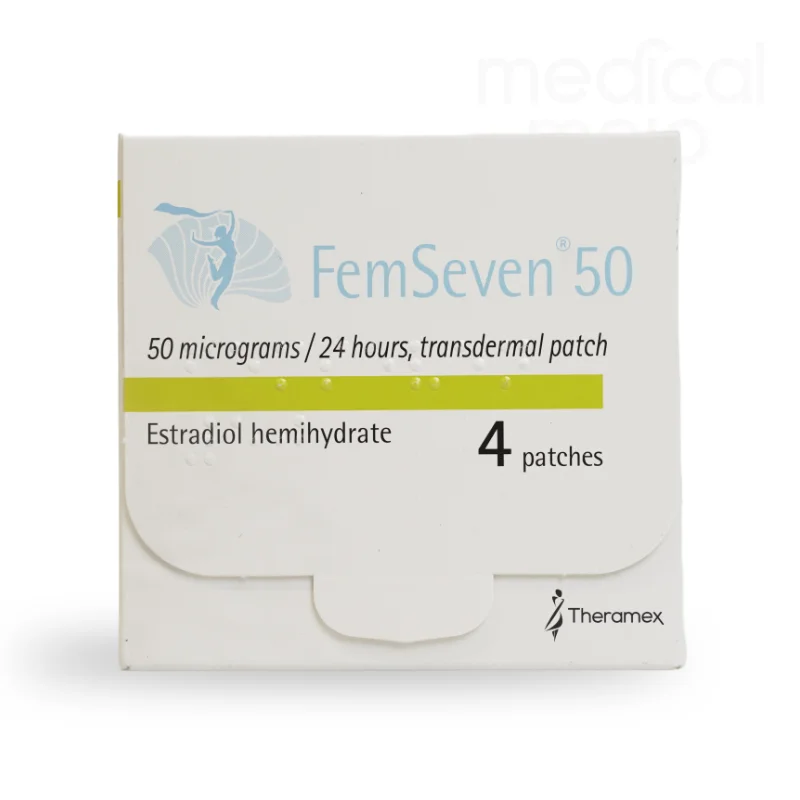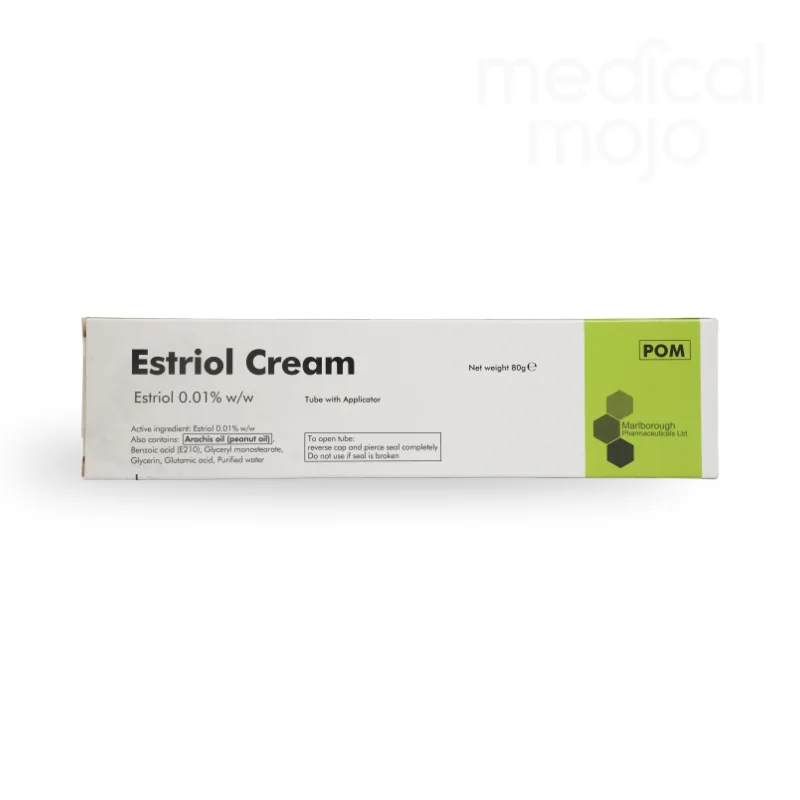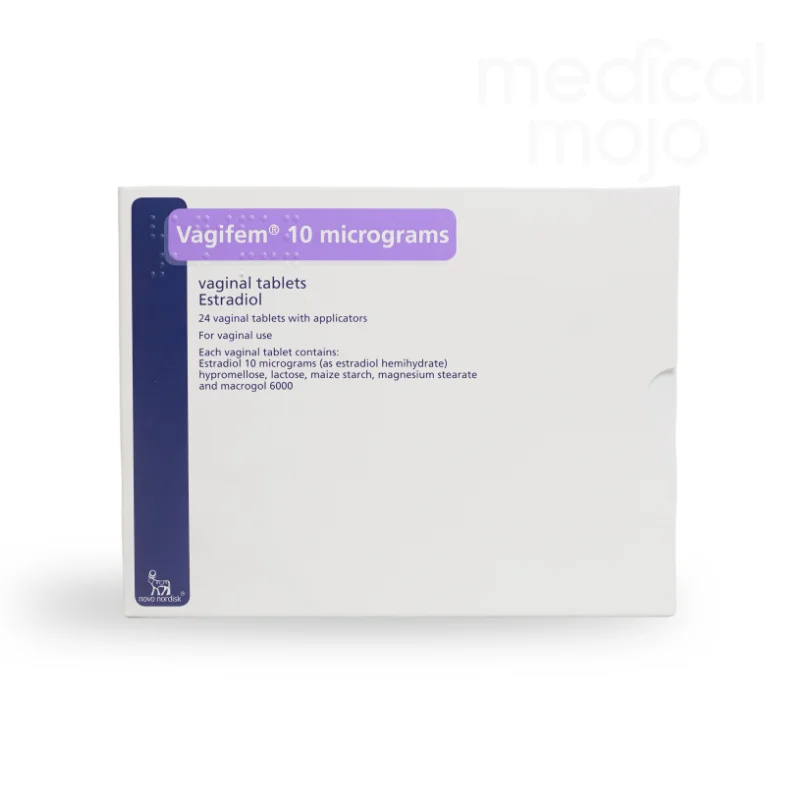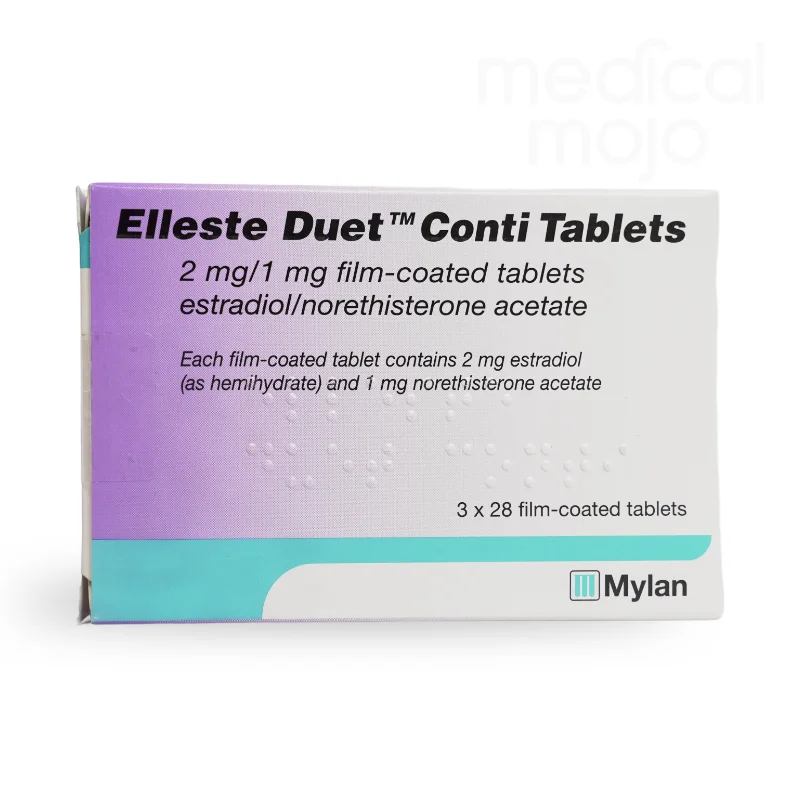HRT and Cancer
Thickening of the Womb Lining (Endometrial Hyperplasia) and Endometrial Cancer: Using oestrogen-only HRT can increase the risk of excessive thickening of the womb lining (endometrial hyperplasia) and, in some cases, can lead to cancer of the womb lining (endometrial cancer). To mitigate this risk, a progestogen is typically prescribed alongside oestrogen for at least 12 days of each 28-day cycle if you still have your womb. If you've had a hysterectomy (removal of the womb), your doctor will determine if it's safe for you to take oestrogen-only HRT without the addition of a progestogen.
For women who still have a womb and are not on HRT, about 5 in 1,000 are diagnosed with endometrial cancer between the ages of 50 and 65. However, in women of the same age group who take oestrogen-only HRT, the number of cases increases to between 10 and 60 per 1,000, depending on the dosage and duration of treatment.
FemSeven contains a higher dose of oestrogens compared to other oestrogen-only HRT products. The specific risk of endometrial cancer when using FemSeven combined with a progestogen treatment is currently unknown.
Breast Cancer:
Research indicates that using combined oestrogen-progestogen or oestrogen-only hormone replacement therapy (HRT) increases the risk of breast cancer. The level of risk depends on the duration of HRT use, with the additional risk becoming apparent after about three years of use. Once HRT is stopped, this extra risk gradually decreases, but it can persist for 10 years or more, especially if HRT has been used for more than five years.
For women aged 50 to 54 who do not take HRT, approximately 13 to 17 out of 1,000 will be diagnosed with breast cancer over a five-year period. Among women aged 50 who use oestrogen-only HRT for five years, the number of cases rises to 16-17 per 1,000 users (an additional 0 to 3 cases). For those using combined oestrogen-progestogen HRT for five years, the number increases to 21 cases per 1,000 users (an additional 4 to 8 cases).
For women aged 50 to 59 who are not using HRT, around 27 in 1,000 will develop breast cancer over a ten-year period. For those using oestrogen-only HRT for ten years, the number of cases increases to 34 per 1,000 users (an additional 7 cases). For women using combined oestrogen-progestogen HRT for ten years, the number rises to 48 per 1,000 users (an additional 21 cases).
It's important to regularly check your breasts and consult your doctor if you notice any changes, such as:
- Dimpling of the skin
- Changes in the nipple
- Any lumps you can see or feel
You are also encouraged to participate in mammography screening programs when offered. Be sure to inform the healthcare professional conducting the mammogram that you use HRT, as it can increase breast density, potentially affecting the results. Increased breast density may make it more challenging for mammography to detect lumps.
Ovarian Cancer:
Ovarian cancer is relatively rare compared to breast cancer. However, the use of estrogen-only or combined estrogen-progestogen HRT has been linked to a slightly increased risk of developing ovarian cancer.
The risk of ovarian cancer varies with age. For instance, among women aged 50 to 54 who are not taking HRT, approximately 2 out of 2,000 will be diagnosed with ovarian cancer over a five-year period. For women who have been using HRT for five years, the number increases to about 3 cases per 2,000 users (equivalent to about 1 additional case).











